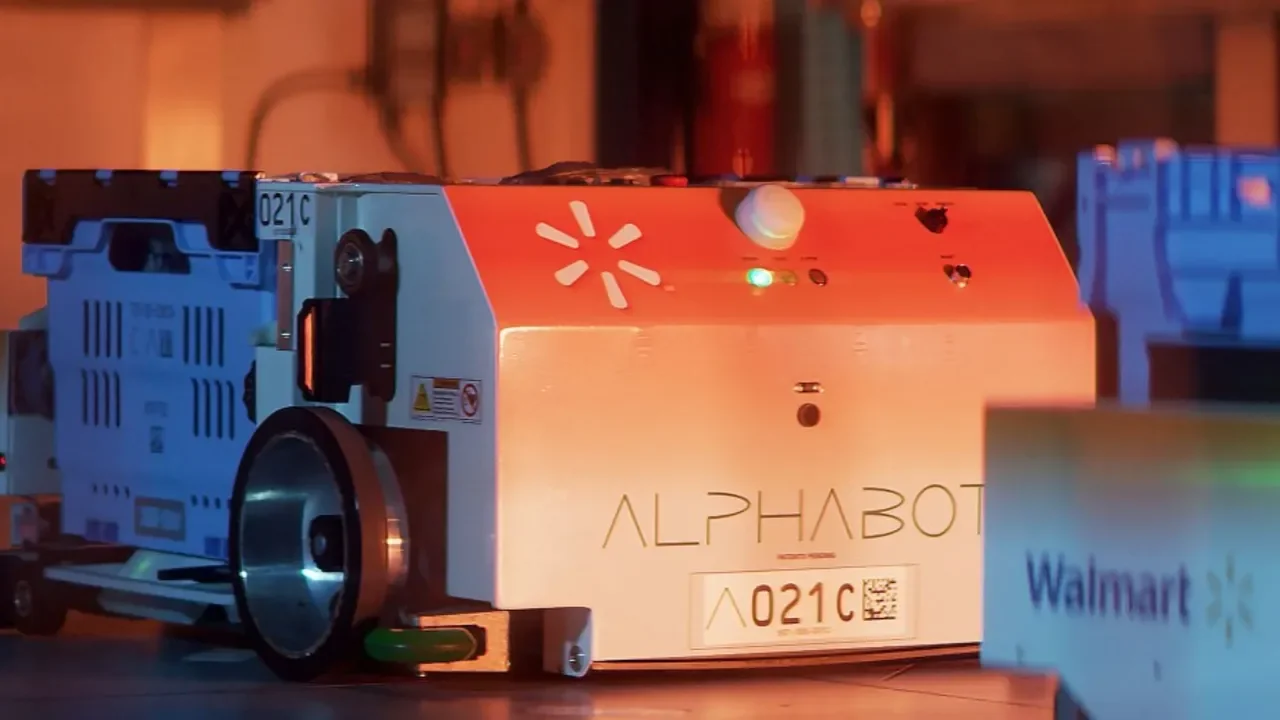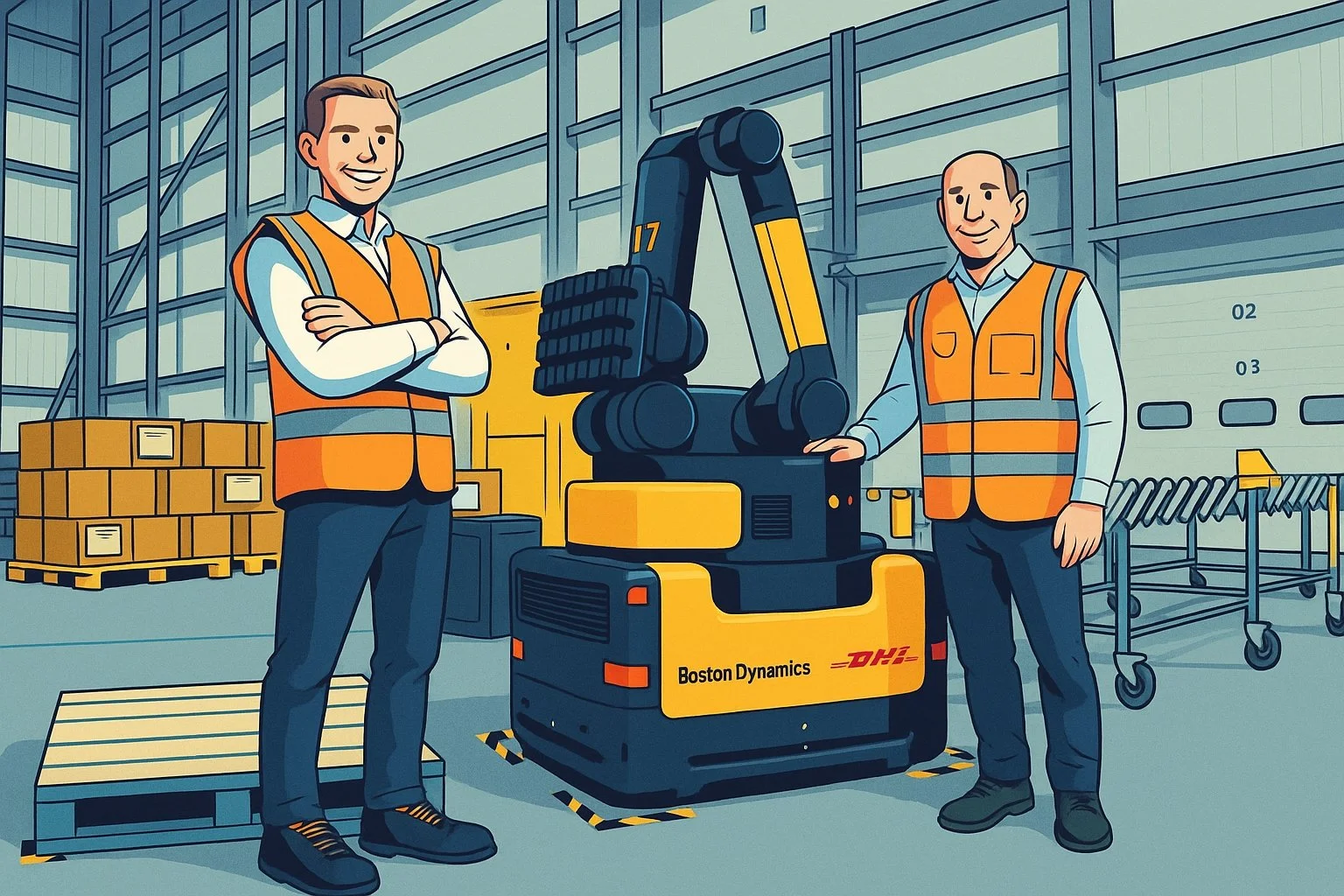Lessons from the Beijing Humanoid Olympics
Reviewing the 2025 Beijing Humanoid Robot Olympics: Hype, Reality, and What Comes Next
The 2025 World Humanoid Robot Games, hosted in Beijing and often called the “Robot Olympics,” were designed to showcase China’s progress in AI and humanoid robotics. Many saw it as a strategic display of “humanoid soft power.” Through the eyes of Western robotics experts, the event was a mix of highs and lows—less polished than the hype suggested, but still an impressive milestone in the evolution of humanoid technology.
1. Disconnect Between Hype and Reality
Impressive, but not flawless
The humanoids on the track were undeniably fascinating to watch. Seeing dozens of bipedal robots compete in real-world conditions—without edited video cuts—was itself an impressive step forward. Yet the performances did not always match the spectacular acrobatics shown in promotional reels. Experts noted that the gap between demonstration hype and live competition reality is still significant.
Autonomy Gaps
Many robots were teleoperated, with human operators following closely to keep them moving. While this reduced the sense of full autonomy, it underscored how difficult it is to balance control, safety, and stability in real time.
Struggles with Basic Tasks
Even simple track-following tasks proved challenging, with frequent weaving and collisions. To observers, this highlighted how locomotion—seemingly basic for humans—remains a monumental engineering challenge for humanoids.
2. Performance and Safety Issues
Slow and Careful, Yet Progressing
While some robots moved cautiously and slower than expected, experts pointed out that achieving stable bipedal locomotion in crowded, unpredictable settings is itself noteworthy. Timid steps today lay the foundation for confident strides tomorrow.
Safety Concerns
Collisions between bots, and occasionally with people, showed that safety protocols remain underdeveloped. Experts stressed that next-generation humanoids must integrate better fail-safes, especially in public or industrial settings.
3. Different Paths: Locomotion vs. Manipulation
China’s Focus on Legs and Feet
Chinese engineers appear to be building humanoid capability from the ground up—literally. The emphasis so far has been on locomotion: balance, stability, and endurance. From running robots completing 1500-meter races to navigating uneven ground, their strategy is to first master walking and running before advancing to finer tasks.
Western Focus on Hands and Tactile Functions
Western companies, by contrast, have invested early in manipulation and dexterity. Engineers in the U.S. and Europe often describe the hands as the “business end” of the robot. Technologies like advanced grippers, five-fingered hands with tactile sensors, and AI-driven manipulation stacks are at the center of Western progress. Demonstrations of folding cloth, sorting packages, and handling varied objects highlight a long-term bet: that useful humanoid work will depend less on speed and more on dexterity.
Two Strategies, One Goal
Observers noted that while China and the West emphasize different parts of the humanoid anatomy, the ultimate challenge is integrating both. Locomotion without dexterity, or dexterity without stable locomotion, cannot deliver true human-level versatility.
4. Technical and Development Challenges
Overheating and Reliability
Many robots suffered from overheating motors and inefficient transmissions, occasionally collapsing mid-performance. Robust cooling and efficient drive systems remain key hurdles.
Data and Training Bottlenecks
Teleoperation is currently used to generate training data, but mismatches in operator size, latency issues, and awkward control methods can limit the quality of that data—slowing down autonomy development.
5. Market Strategy and Global Competition
China’s Deployment Push
Despite competition stumbles, Chinese humanoids are already being deployed in factories to move boxes and perform basic tasks. This early fielding, even if limited, demonstrates a pragmatic approach to scaling.
Western Long-Term Bet
Western companies like Figure, Boston Dynamics, and 1X continue to focus on manipulation and fine motor skills. This suggests a longer-term strategy: once locomotion stabilizes, dexterity could be the differentiator in “useful work.”
6. Future Outlook
Impressive Foundation, Ongoing Race
The Beijing games showed humanoids that were at once impressive and unfinished. For many observers, the sight of robots competing head-to-head was historic, even if their performance fell short of expectations.
Different Strengths, Same End Goal
Chinese humanoids demonstrated evolving strength in locomotion, while Western efforts continue to push the envelope in manipulation. Both approaches are essential. True general-purpose humanoids will require confident legs and capable hands working together.
The Next Stage
An officially sanctioned Humanoid Olympics is scheduled in Olympia, Greece in the coming weeks. While smaller in scale, it will provide another checkpoint in the global race to develop humanoids that can do real, useful work.
Conclusion
The 2025 Beijing Humanoid Robot Olympics offered a rare, unfiltered glimpse at the current state of humanoid robotics. While the hype may have exceeded reality, the event still demonstrated just how far the field has come. The contrasting strategies of East and West—locomotion first vs. dexterity first—reflect different paths toward the same goal: humanoid robots capable of performing useful, safe, and efficient work alongside humans.
Would you like me to add a visual analogy in the conclusion—something like “China is teaching humanoids to walk before they can use their hands, while Western engineers are teaching them to use their hands before they can run”—to make that contrast even more memorable?
Ready for the Future of Humanoids
At Warehouse Automation AI, our team of robotics experts is developing the software and simulation tools that will enable seamless, fast integration across any humanoid brand. We are building a unified, omni-bodied brain designed to control any robot, for any task — ensuring flexibility, interoperability, and long-term independence from vendor lock-in.






























